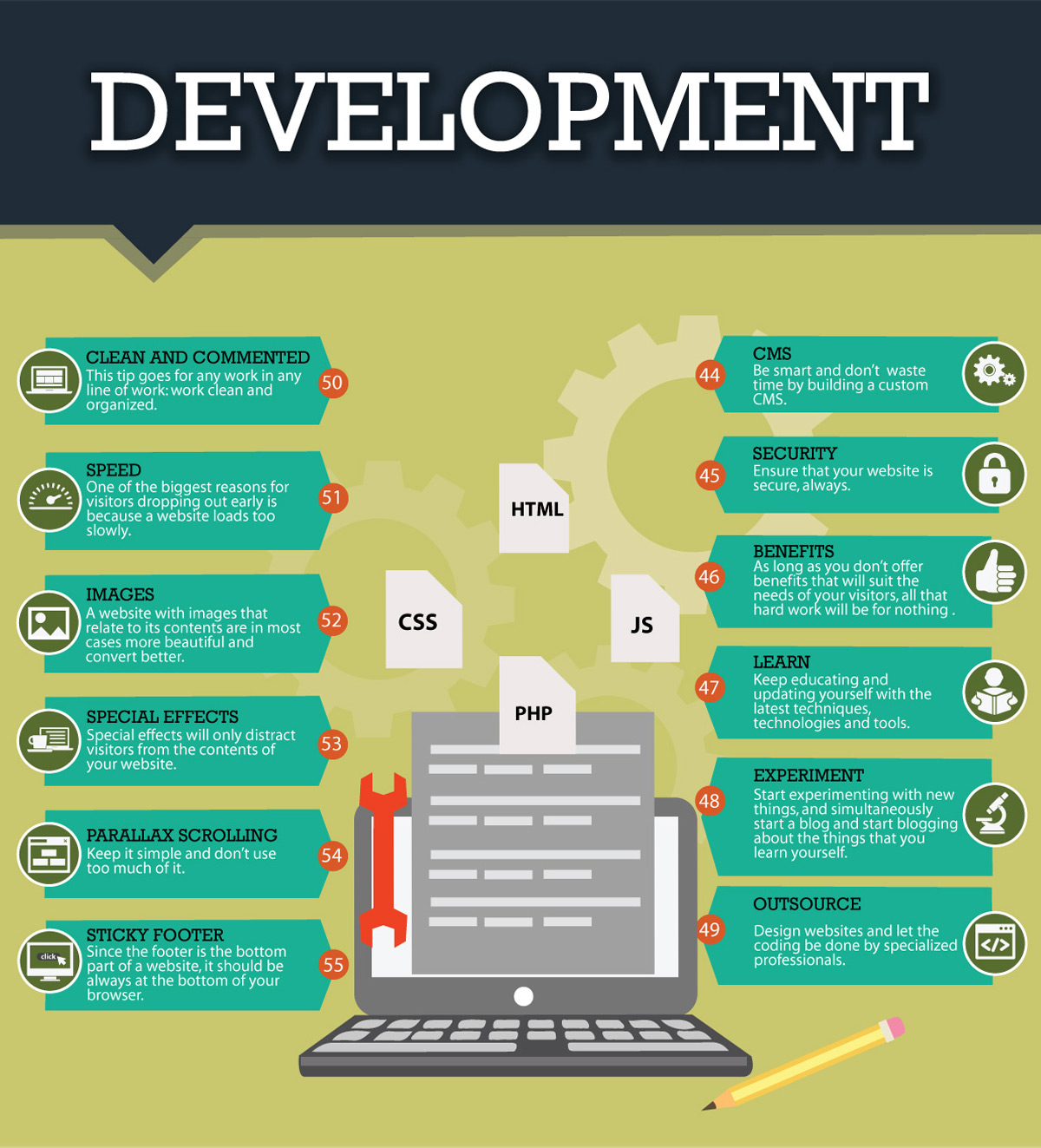Interested In Learning Exactly How Web Site Layout Has Altered Throughout The Years? Check Out The Development From Fundamental, Straightforward Styles To User-Centered Strategies That Focus On The Demands And Choices Of On-Line Visitors
Interested In Learning Exactly How Web Site Layout Has Altered Throughout The Years? Check Out The Development From Fundamental, Straightforward Styles To User-Centered Strategies That Focus On The Demands And Choices Of On-Line Visitors
Blog Article
Content By-Asmussen Wong
In the past, websites were simple and focused on information. Navigating was straight, and layout was for desktop computers. Currently, https://angelopkfzt.smblogsites.com/29867511/yearning-to-boost-your-online-presence-discover-specialist-web-design-approaches-that-will-take-your-site-to-the-next-level is essential. Data guides designs for simple navigating. Receptive formats match various gadgets. Today, dark mode minimizes strain, and minimal menus boost navigation. Interactive functions engage customers, and vibrant visuals stick out. AI assimilation enhances interaction. See just how style has progressed to boost your online journey.
Early Days of Website Design
In the very early days of website design, simplicity preponderated. Web sites were basic, with minimal colors, fonts, and layouts. The emphasis got on giving information as opposed to fancy visuals. Individuals accessed the web with sluggish dial-up connections, so speed and functionality were crucial.
Navigating menus were straightforward, normally situated at the top or side of the web page. Web sites were created for computer, as mobile browsing wasn't yet widespread. Web content was king, and designers prioritized simple readability over intricate style aspects.
HTML was the key coding language utilized, and designers needed to function within its constraints. Animations and interactive functions were marginal contrasted to today's criteria. Web sites were fixed, with little vibrant material or customized customer experiences.
Surge of User-Focused Style
With the development of website style, a change in the direction of user-focused design concepts has actually come to be increasingly noticeable. Today, developing web sites that prioritize customer experience is important for engaging visitors and achieving company objectives. User-focused design involves recognizing the requirements, choices, and actions of your target market to customize the site's layout, content, and includes as necessary.
Designers currently perform extensive study, such as individual surveys and usability testing, to gather insights and comments directly from users. This data-driven method helps in creating instinctive navigating, clear calls-to-action, and aesthetically enticing user interfaces that reverberate with visitors. By putting the individual at the center of the design process, sites can deliver an extra customized and delightful experience.
just click the following web page has likewise become an essential element of user-focused style, ensuring that web sites are optimized for numerous devices and screen sizes. This adaptability enhances access and functionality, catering to the varied ways customers communicate with websites today. Fundamentally, the rise of user-focused layout indicates a shift towards creating digital experiences that focus on the demands and assumptions of completion individual.
Modern Trends in Website Design
Check out the most recent patterns shaping web design today. One prominent trend is dark mode layout, supplying a smooth and modern look while decreasing eye pressure in low-light settings. One more key fad is minimalist navigating, simplifying food selections and improving customer experience by focusing on essential elements. Integrating micro-interactions, such as animated buttons or scrolling impacts, can create a more interesting and interactive website. Receptive style stays essential, making sure smooth user experiences throughout various tools. In addition, using vibrant typography and asymmetrical layouts can include visual passion and accentuate particular material.
Integrating AI modern technology, like chatbots for consumer assistance or customized suggestions, improves customer involvement and enhances processes. Availability has also end up being a significant pattern, with designers prioritizing comprehensive layout techniques to satisfy varied individual demands. Welcoming sustainability by enhancing site performance for speed and effectiveness is another emerging fad in web design. Working together with customer responses and information analytics to repeat and enhance style continuously is essential for staying relevant in the ever-evolving electronic landscape. By welcoming these modern trends, you can create an aesthetically attractive, straightforward website that reverberates with your target market.
Verdict
As you review the advancement of site style from the very early days to now, you can see how user-focused layout has ended up being the driving force behind contemporary patterns.
Accept the journey of change and adjustment in website design, constantly keeping the user experience at the center.
Remain existing with the most up to date patterns and technologies, and never ever stop progressing your approach to develop aesthetically magnificent and easy to use internet sites.
Evolve, adapt, and produce - the future of web design remains in your hands.
